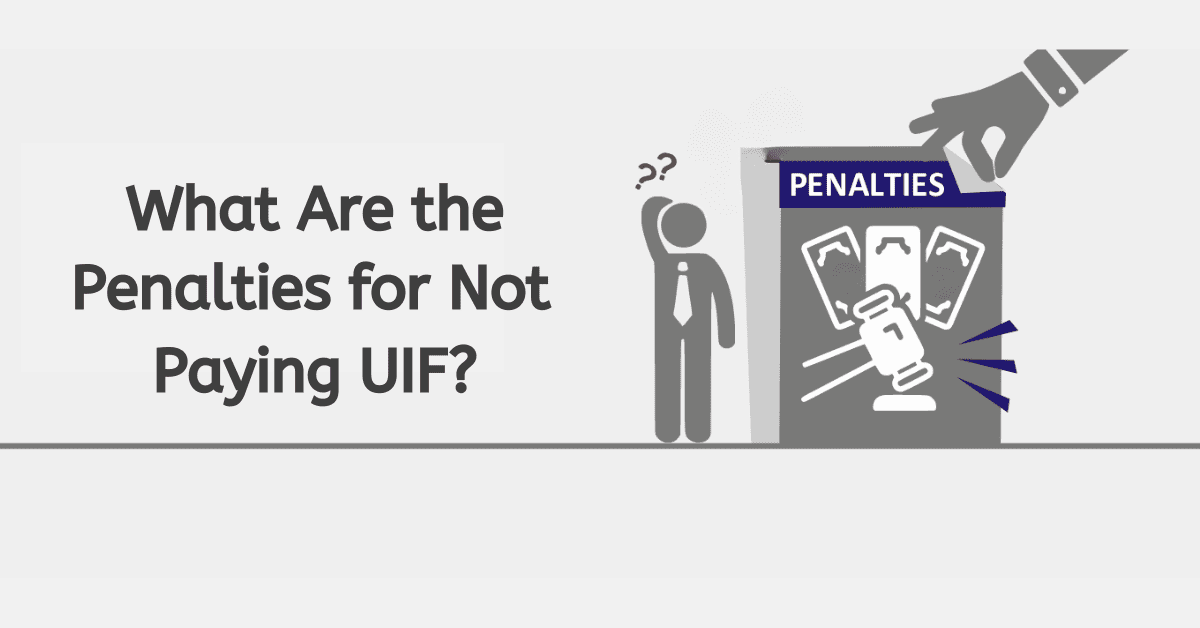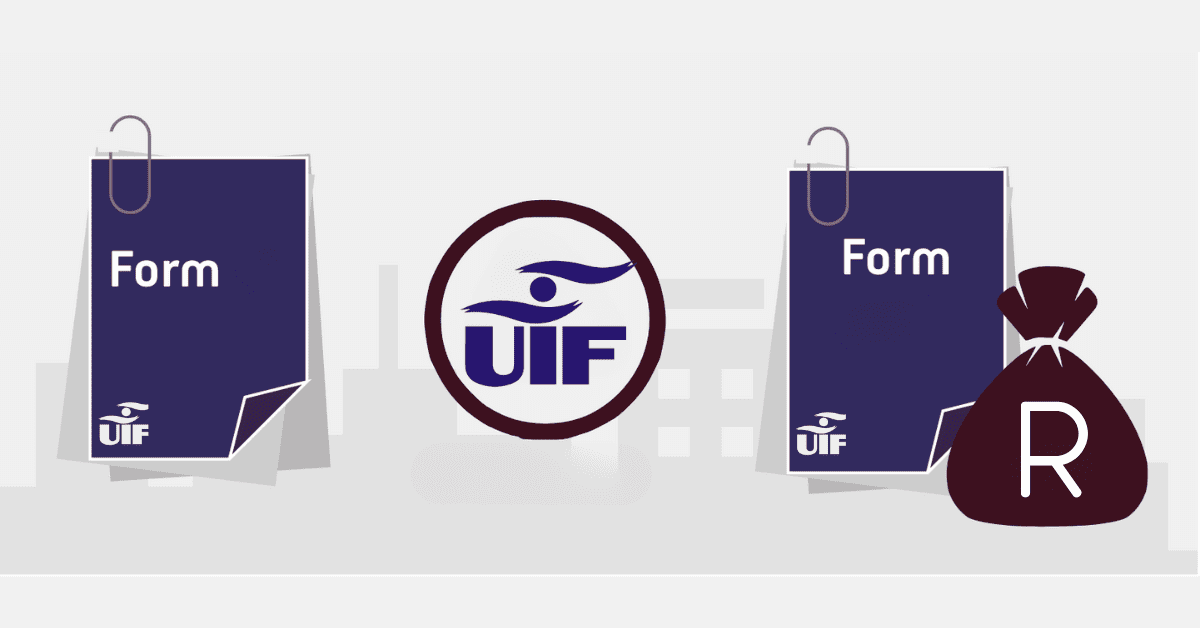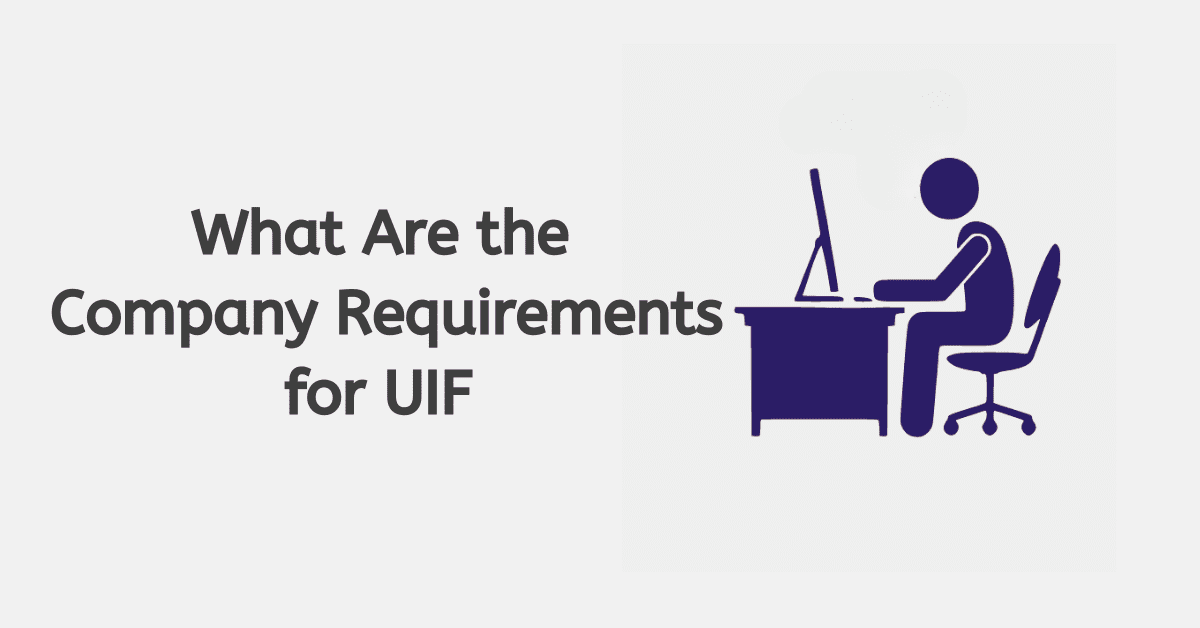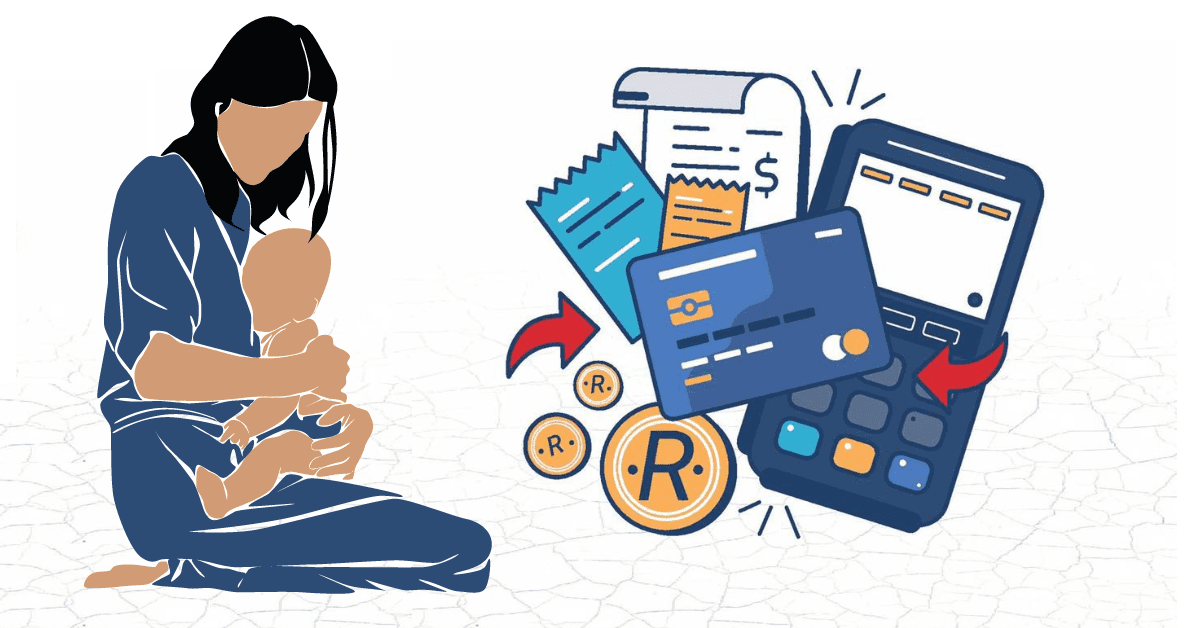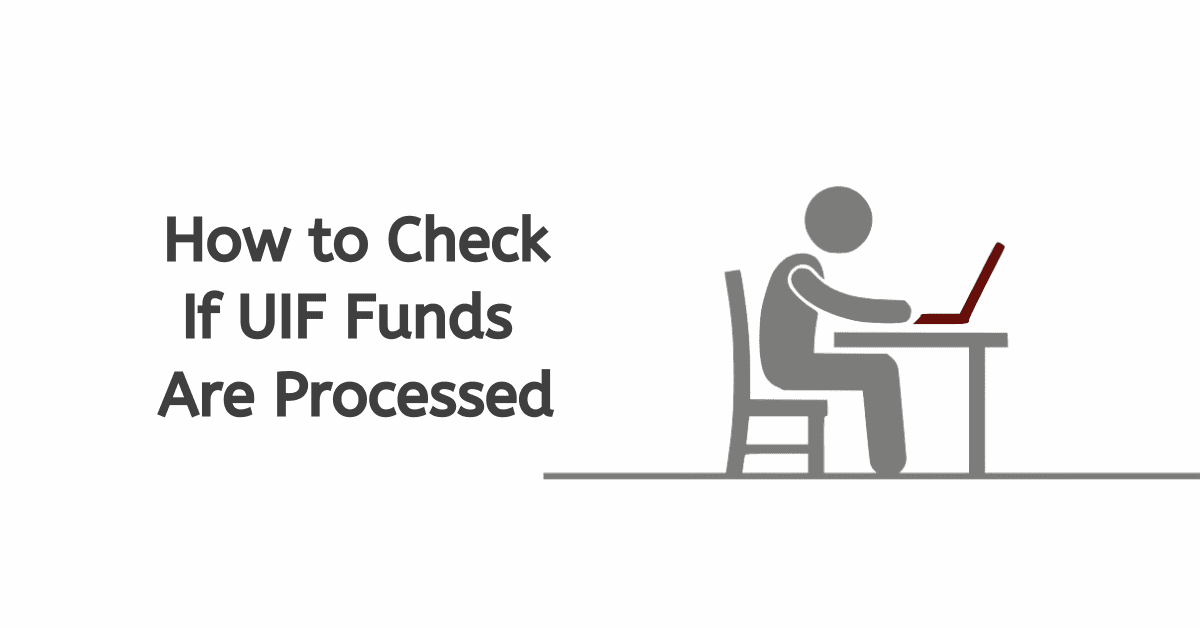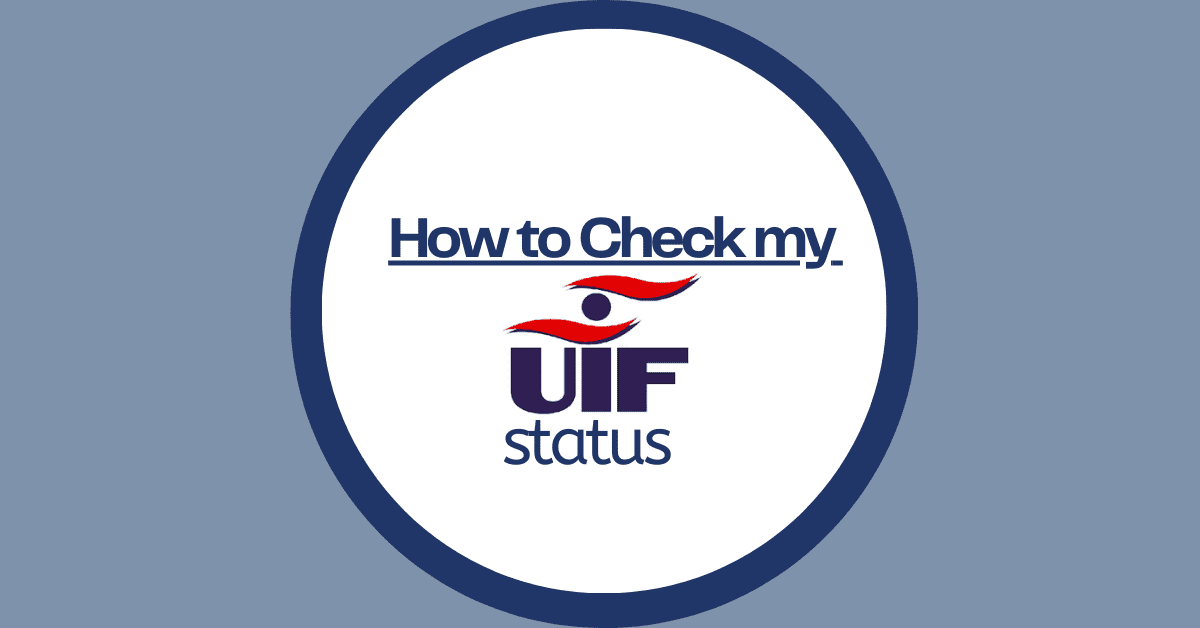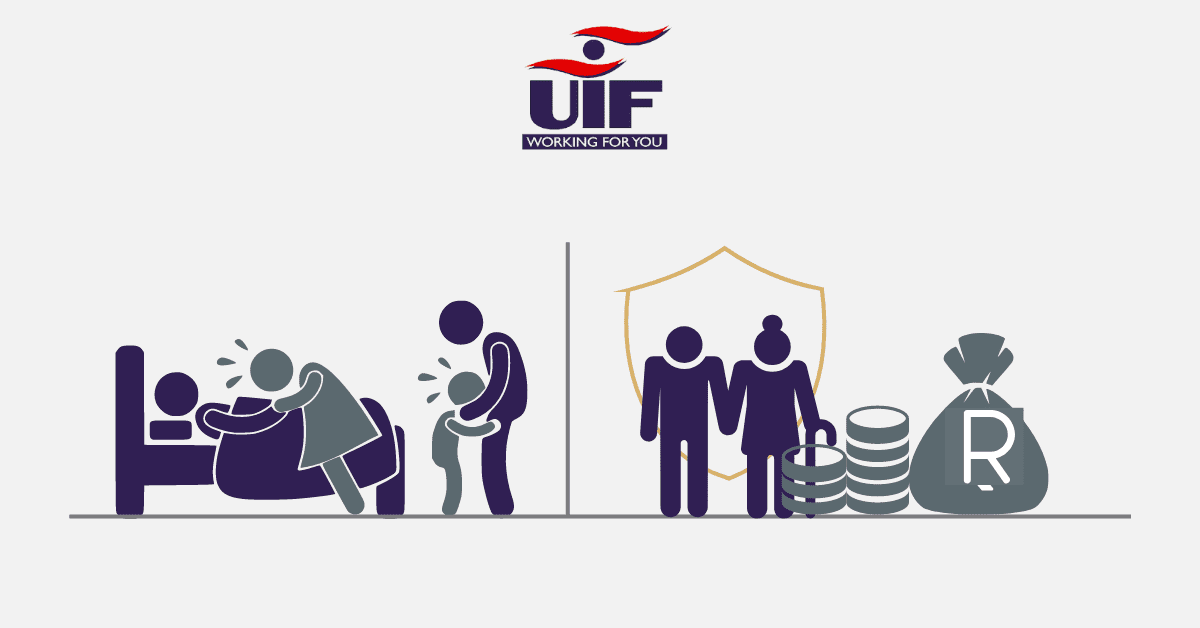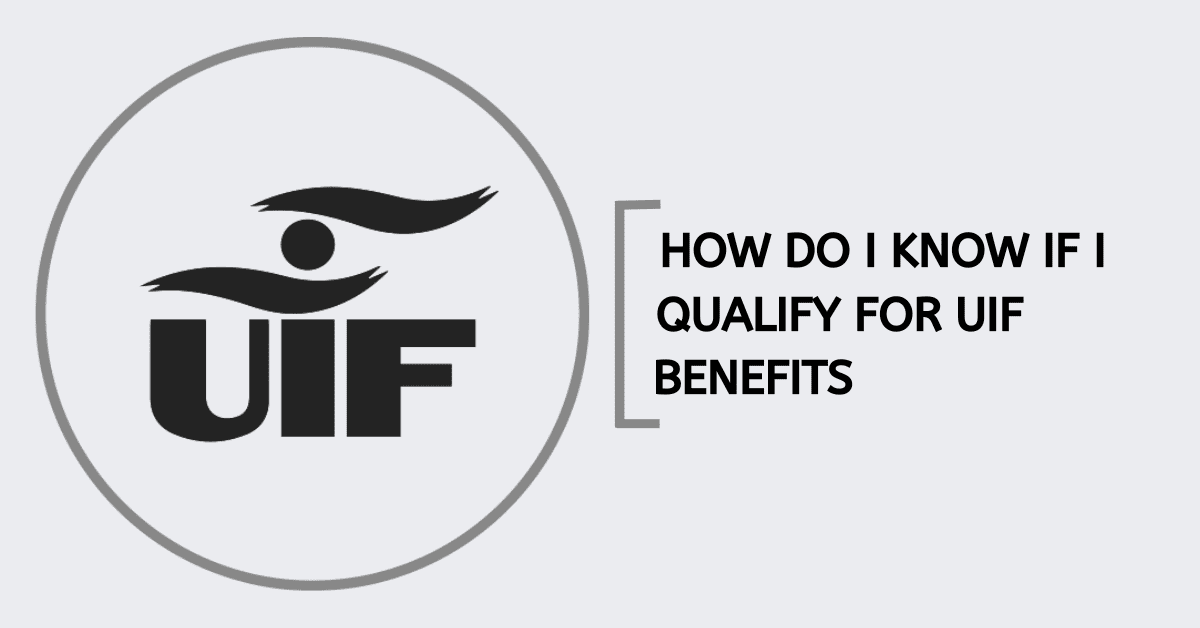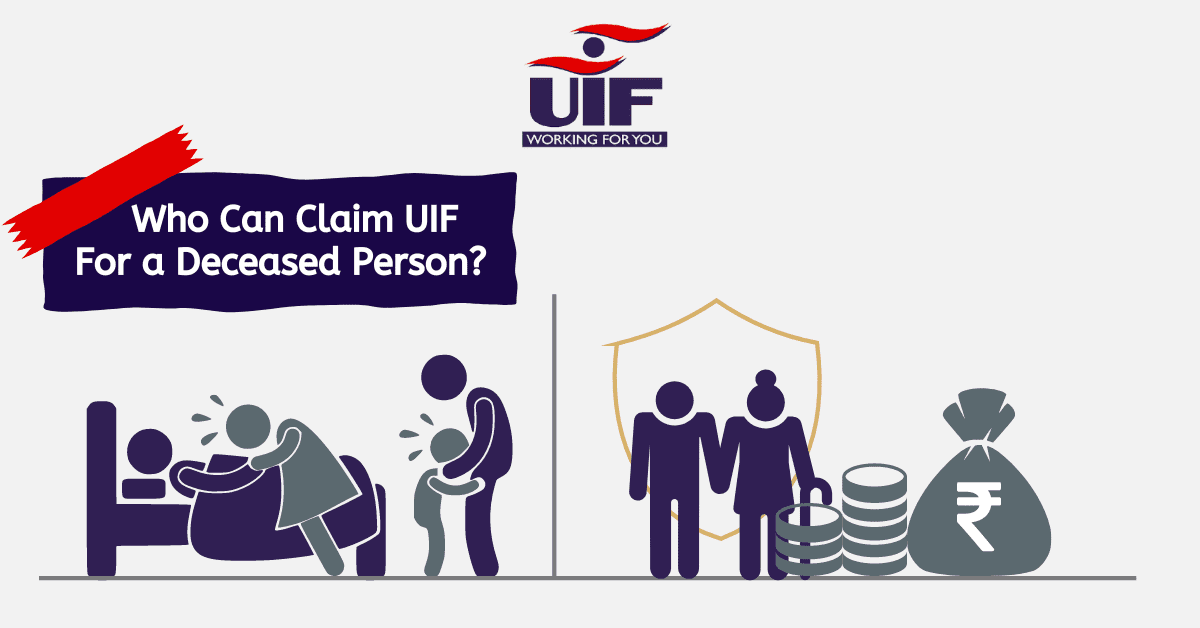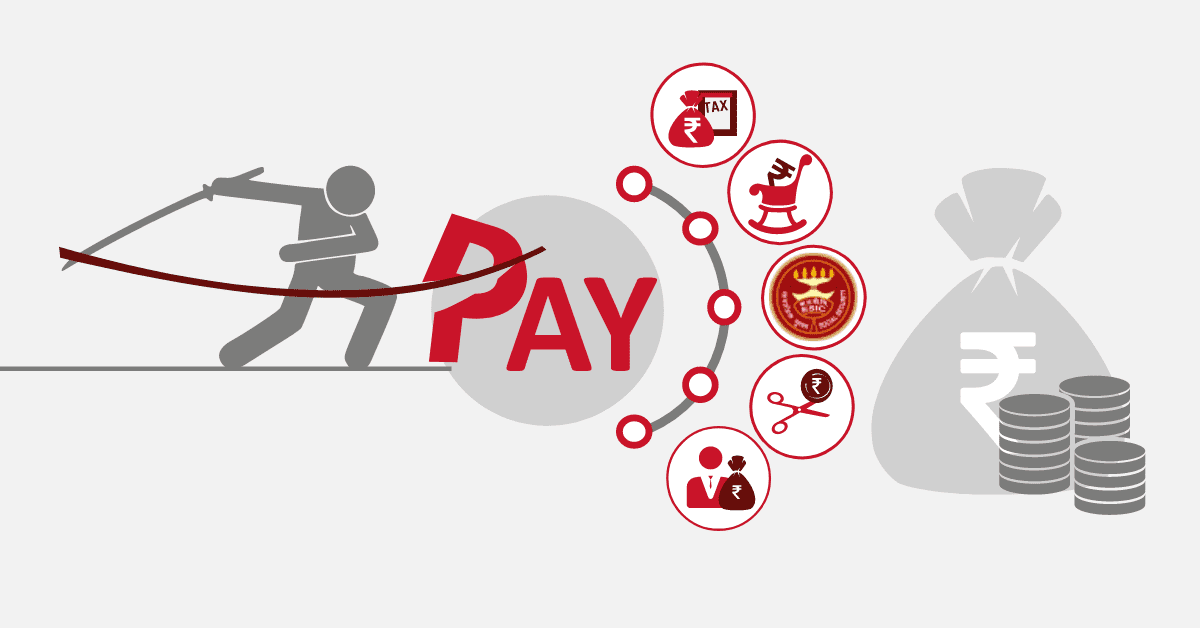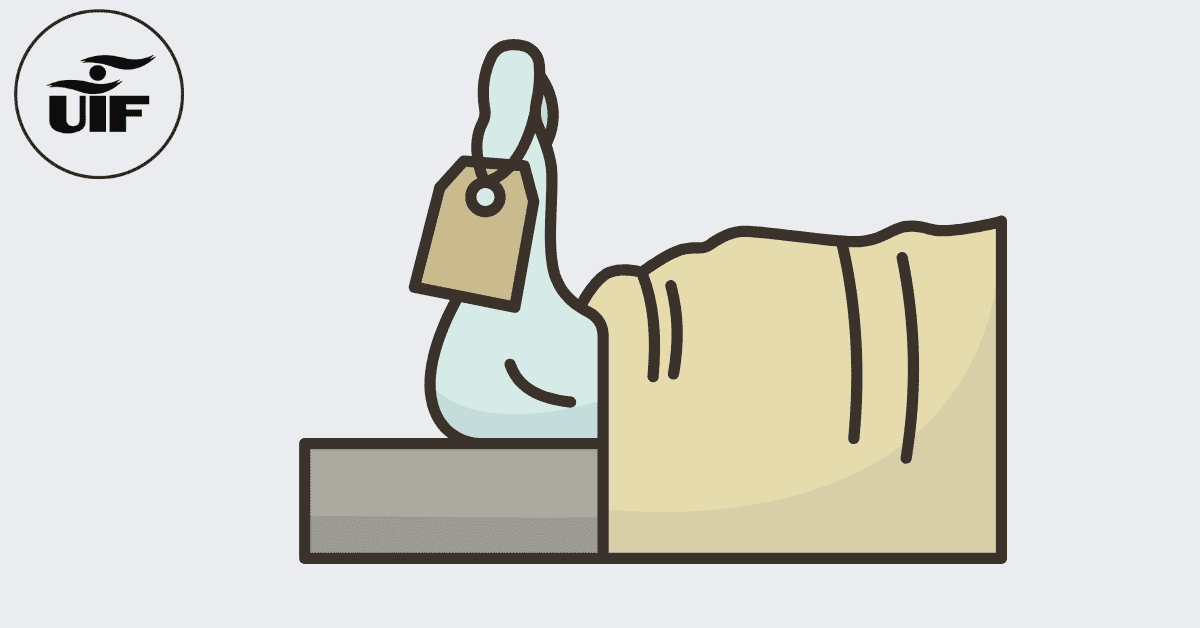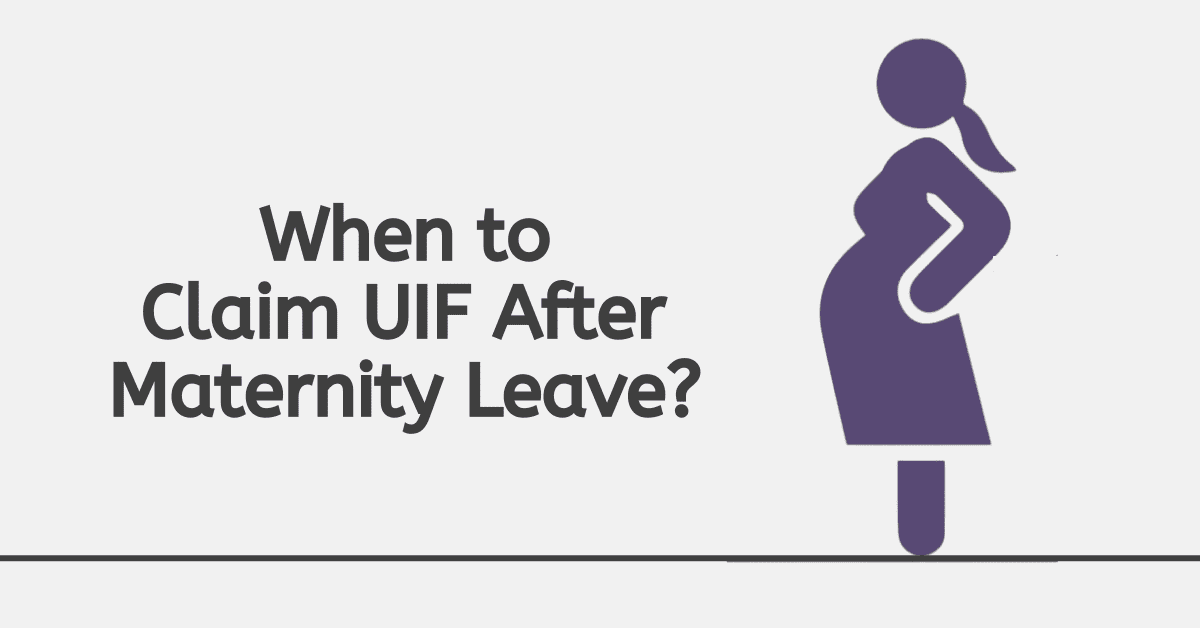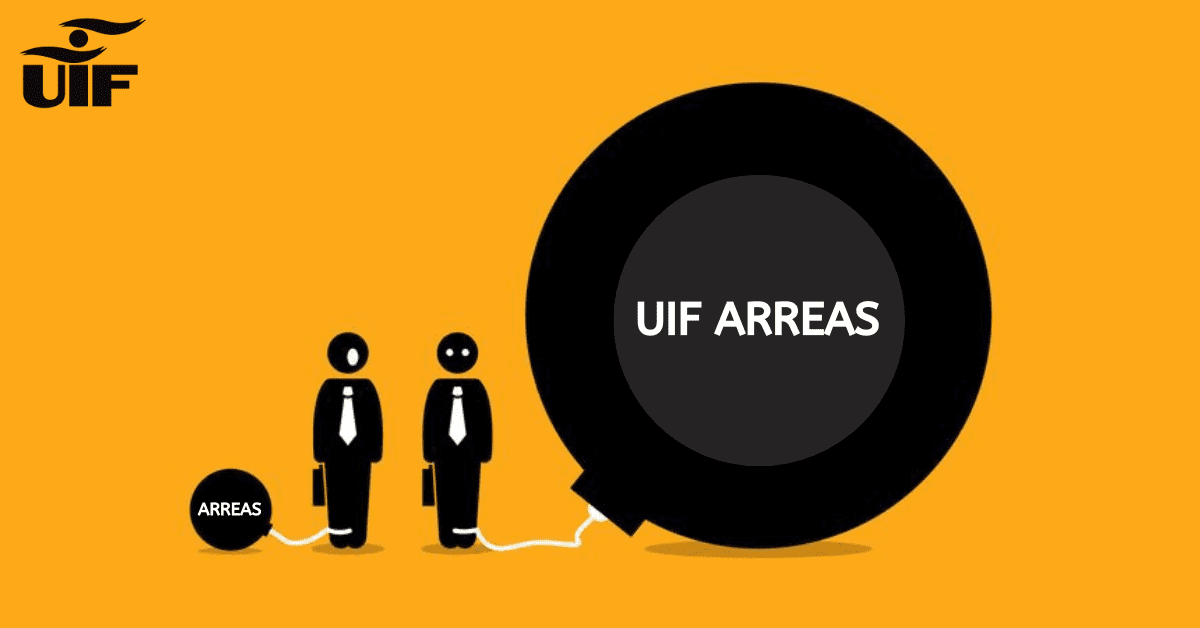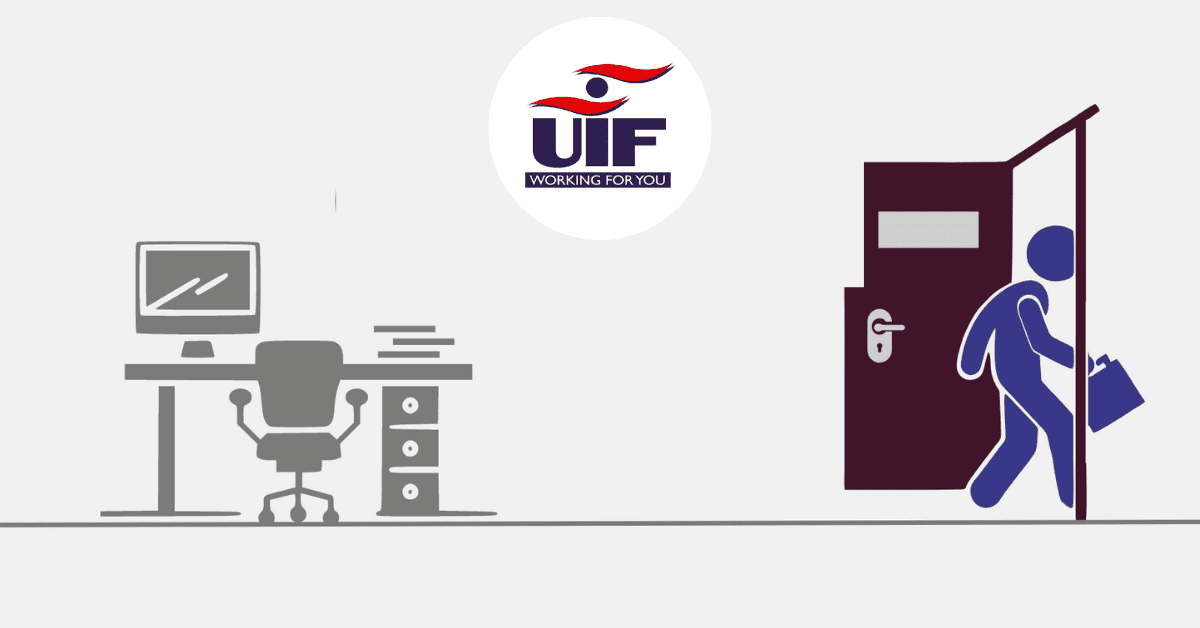The Unemployment Insurance Fund (UIF) is a benefit that provides short-term relief to workers in South Africa when they become unemployed or are unable to work for one of the following reasons:
- Illness
- Parental Leave
- Maternity/ Adoption
UIF also provides relief to the dependants of someone that is deceased, provided they were a contributor. Needless to say, UIF is a very important and helpful benefit for millions of South Africans. Here’s everything you need to know about this benefit:
How to check if your UIF has been paid out?
To check your payment status, you must create an online profile and be registered for UIF.
If you’ve applied for UIF and want to check if your payment has been made, you can easily do so online via the official UIF website. Here are the steps:
- Visit the official UIF website https://ufiling.labour.gov.za/uif/
- Click on “Check My Status”
- Complete the information requested
- Complete the Captcha verification
- Enter your UIF reference
Your payment progress should then be displayed to you.
You have to have been registered with UIF and contributed to the fund. The total monthly contribution is 2%, of which your employer is responsible for contributing 1% of your salary, and you contribute the other 1%.
How do I check my pending UIF payout?
Checking if your UIF payment has been made is easy to do via the uFiling website. Once a payment is made, it will reflect in your balance automatically. To check your balance:
- Visit the official UIF website https://ufiling.labour.gov.za/uif/
- Log in to your account
- Click on “Check My Status”
- Complete the information requested
- Complete the Captcha verification
- Enter your UIF reference
Your available balance should then be displayed to you.
Alternatively, you can check your UIF claim status via email. To do this, you should send an email which includes your name, ID number, and UIF registration number to online.BCP@labour.gov.za.
Finally, there is also an offline option that you could use. You could visit your closest labour office and sign the register. You will be required to provide your identity documents and UIF registration number; thereafter, officials at the labour office will let you know if your claim has been successful. If so, they will also inform you when you can expect your first payment. The major downsides of using this method are that the labour office can sometimes get really busy, so it may take a while to complete the process. They are also only open for limited hours, so you will have to be present when they are open.
How long does it take for UIF to make the first payment?
In order to receive a payment, you have to be registered for UIF. If you have registered at a labour centre, be sure to keep all the documents provided safely, as they will be required for ongoing payments. This process can take up to three hours to complete.
Once you are registered, you will be notified once your details have been approved.
The first payment will be paid directly to your bank account two to four days after the claim is approved.
Remember, you must claim within six months after your last date of employment.
How long does it take for UIF money to reflect in my account?
Thanks to recent changes in regulations, UIF now pays funds directly to employees’ bank accounts. With this change, the amount of time that employees need to wait before their funds are received is significantly reduced.
In addition, bank transfers are more reliable; therefore, there is much more certainty that employees receive the money they are entitled to.
Since payments now go straight to the employee’s bank account, you can expect payment within 24 to 48 hours after the application is cleared.
Does UIF pay a lump sum or monthly?
UIF payments are typically made monthly, but there is one exception. A UIF lump sum payment comes with a death benefit, whereby the dependent of the contributor can receive up to R25,000; however, this will depend on the salary of the contributor and the period of time they were working before death.
Usually, UIF pays every month for up to four months or more, depending on the total amount that you are entitled to receive and the length of time you were working. As an example, if you were employed for four years, then you may be able to claim for up to a year. But if you only worked for six months, then you will only be able to claim for up to four months.
In the case of death benefit lump sum payments, there will be several documents that you will be required to provide and verifications to undergo. Without providing these documents and verifying that you are the contributor’s dependant, you will not be eligible to receive a lump sum payment.
